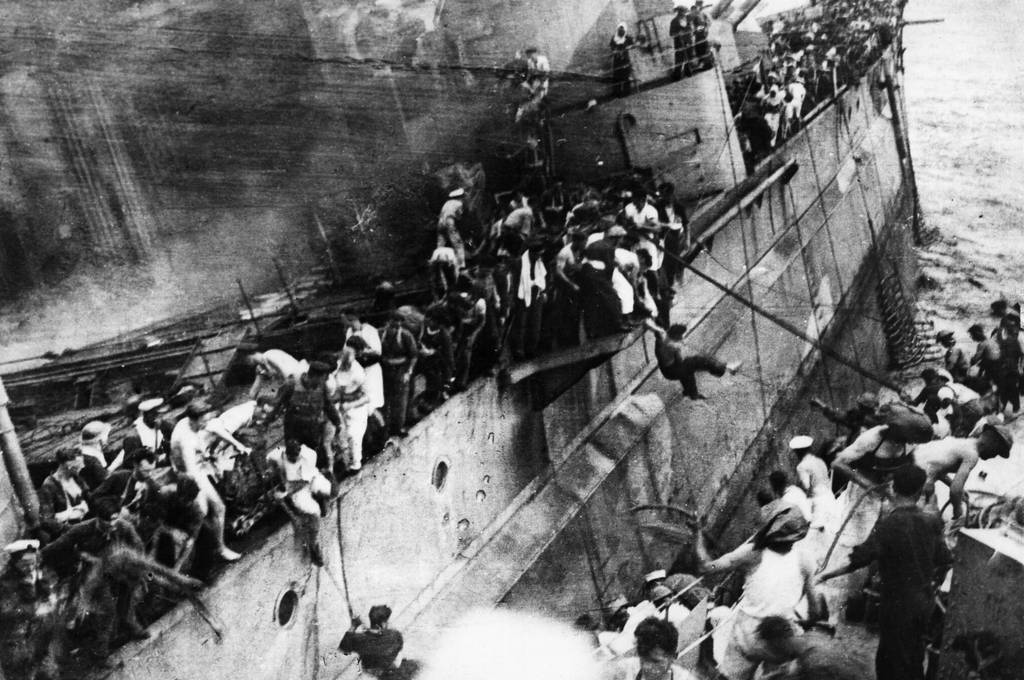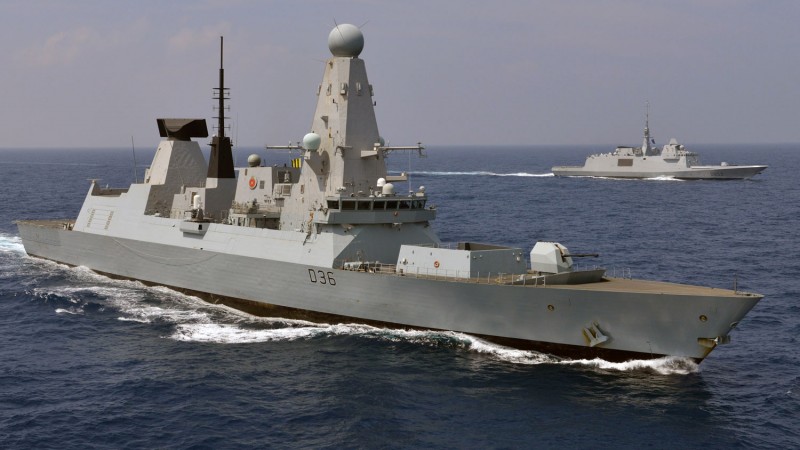Deep sea explorers have obtained highly detailed images of three iconic shipwrecks from World War II's Battle of Midway in the Pacific Ocean including a Japanese aircraft carrier not seen since 1942.

www.dailymail.co.uk
You beat me to it lol. I was just going to open a thread on this incredible exploration and discovery, but then I figured let me check the naval warfare section juuuuuussst in case lol. Good stuff.
Incredible that it's 3 miles deep. They could still identify many of its features like the chrysanthemum on the royal emblem of the bow. The island/tower and the particular 30mm guns it had that they decided to keep on it once it was converted from a battleship to a carrier.

The other thing that was interesting (beside the known fact that it was the Japanese imperial navy's flagship and admiral Nagumo's base of operations for the attack on Pearl Harbor and this battle) and that he stayed on it until he was persuaded to evacuate was that it didn't sink immediately. It was only after the 1000lb bomb that was dropped on it by a USN Dauntless dive bomber exploded and shredded a massive hole in the deck and detonated the rest of the stored and open ammunition that started the uncontrollable fires throughout the carrier for another 24+ hours. It took out the fire-suppression system, crippling the fire-fighting crew. They couldn't put out any of the fires and the deck was inoperable for takeoffs and landings.
In the case of the Yorktown -- which also sank in this battle -- they were able to save it the first time it was hit. It was salvaged the first time due to the difference between the two fire crews, their training, the design of the fire suppression system as well as miscommunicating back to the base of operations made huge differences in the result of this historic, naval battle. The Japanese thought they had destroyed two American carriers when it was only the Yorktown that was hit twice. That was critical since it gave the Japanese a false sense of security and made them relax more than they should have. The Americans won more of these smaller battles within the war which ultimately gave it the victory.
Contrary to popular belief, the Akagi didn't sink from the bombings. It was pretty much destroyed from the bombing, but it stayed afloat & burning for 24+ hours until the following day when the Japanese decided to scuttle the carrier and had one of their destroyers fire its big guns into the hull to finally sink it so the Americans wouldn't capture it.
Between the defending A6M Zeros and the carriers zig-zagging and turning circles, it's truly a miracle that the USN fighter-bombers were able to destroy all 4 carriers in less than 10 minutes! What a devastating defeat.
Many people think it was pure luck, but it was a combination of both, luck & willpower. Even more so was the better all-around aviation and recon skills of the Americans combined with undefinable bravery. Many of those pilots knew it was a one-way mission and had no chance of making it back. Yet they took on their duties like soldiers.
Even though the Yorktown looked like a battleship that was later converted to a carrier, it wasn't. The Yorktown was the leading ship of that class and designed & built specifically as a carrier based on the previous Lexington class ships which were battlecruisers converted to carriers.
Much easier to see how the Japanese converted their battleships to carriers in this pic of the Kaga.
The battle of Midway is one of -- if not -- THE most fascinating wartime battles in the history of modern warfare. Many historians claim there will never be another naval battle of this magnitude. Although conventional wisdom will tell us to never say never, I mostly tend to agree with that assessment.
BTW, this discovery of the Akagi was actually in 2019. I think they just released this new video and incredible photos. The aura of this discovery is as familiar as it was to that of the Titanic.







